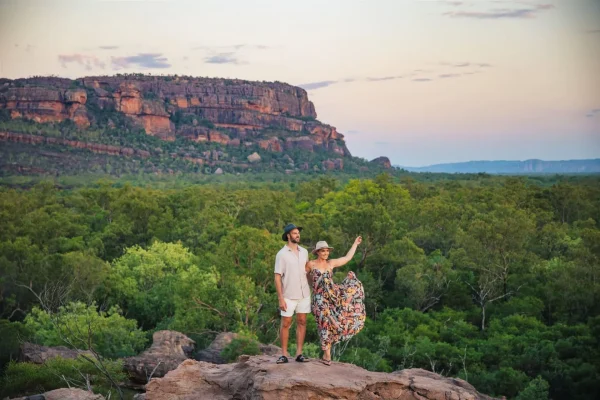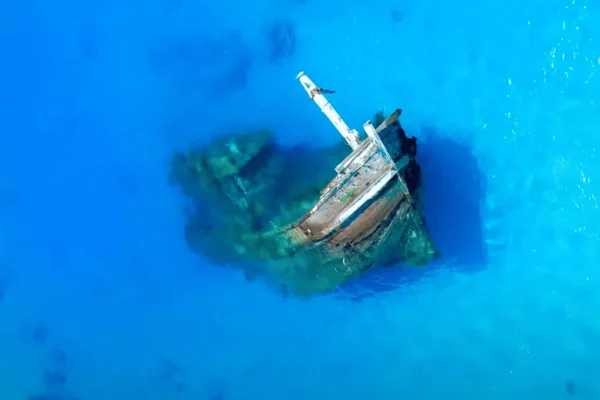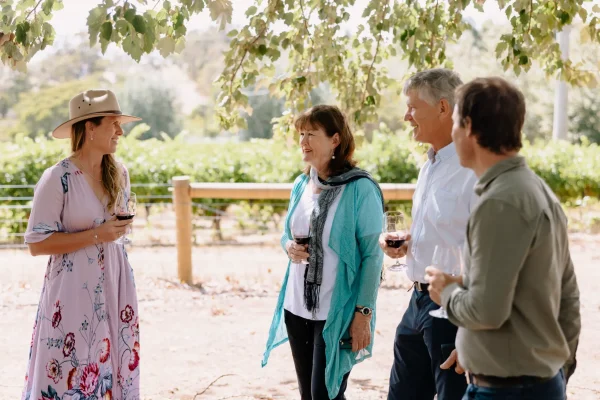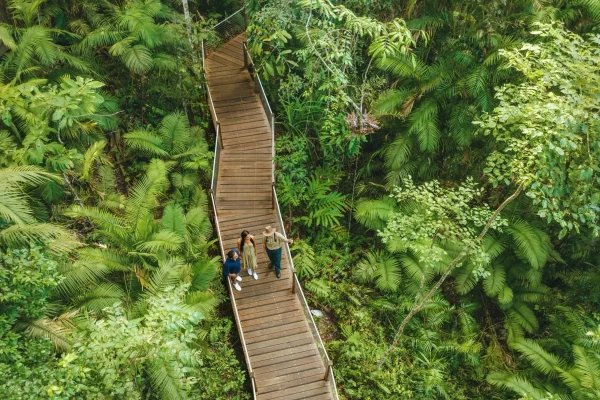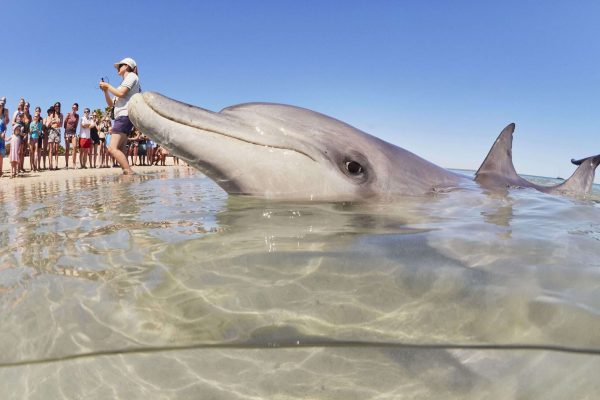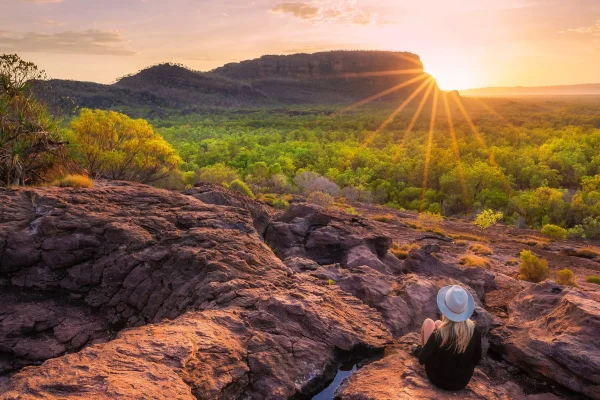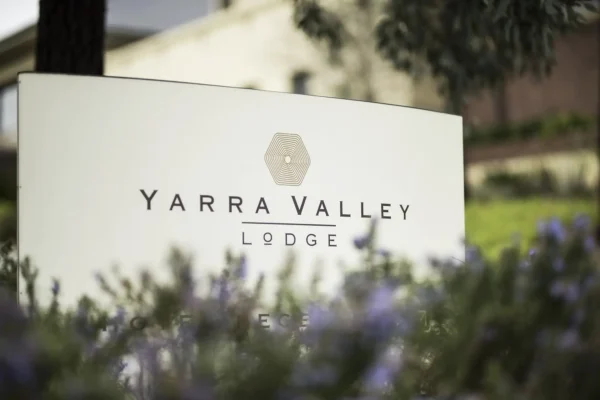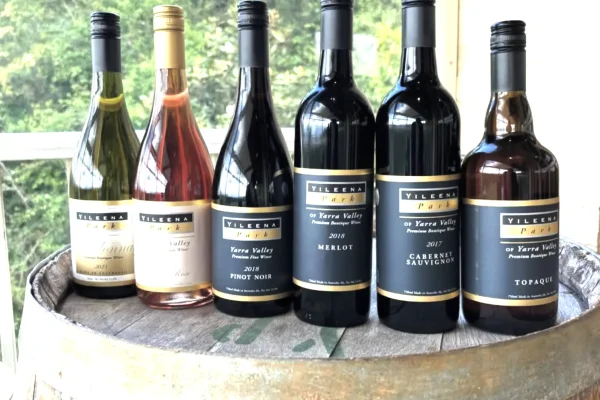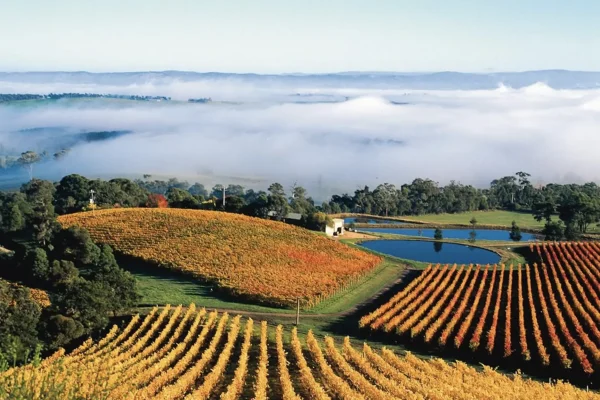Discover the top things to do in Jervis Bay! From stunning beaches to coastal walks and wildlife encounters, this guide has it all. Start planning your perfect trip now!
Jervis Bay offers a variety of attractions, such as its pristine beaches, clear waters, and opportunities for beach activities like snorkelling and kayaking. Its picturesque coastline, nature walks, diverse wildlife, and national parks make it an ideal vacation spot.
Directions to Jervis Bay
Jervis Bay is located approximately three hours away from Sydney in the Shoalhaven region of the New South Wales South Coast. It is recommended to take the scenic Grand Pacific Drive and Sea Cliff Bridge routes from Sydney to Wollongong.
Driving beyond Wollongong, you can pass through picturesque Shell Harbour, Kiama, and Nowra. Taking into consideration all the sights along the way, it may take up the majority of a day to reach Jer.
What is the recommended amount of time to spend in Jervis Bay?
Jervis Bay is a large area with many attractions, so it is recommended to allocate at least three days for exploring. Jervis Bay can be divided into three areas, each worth spending a day in.

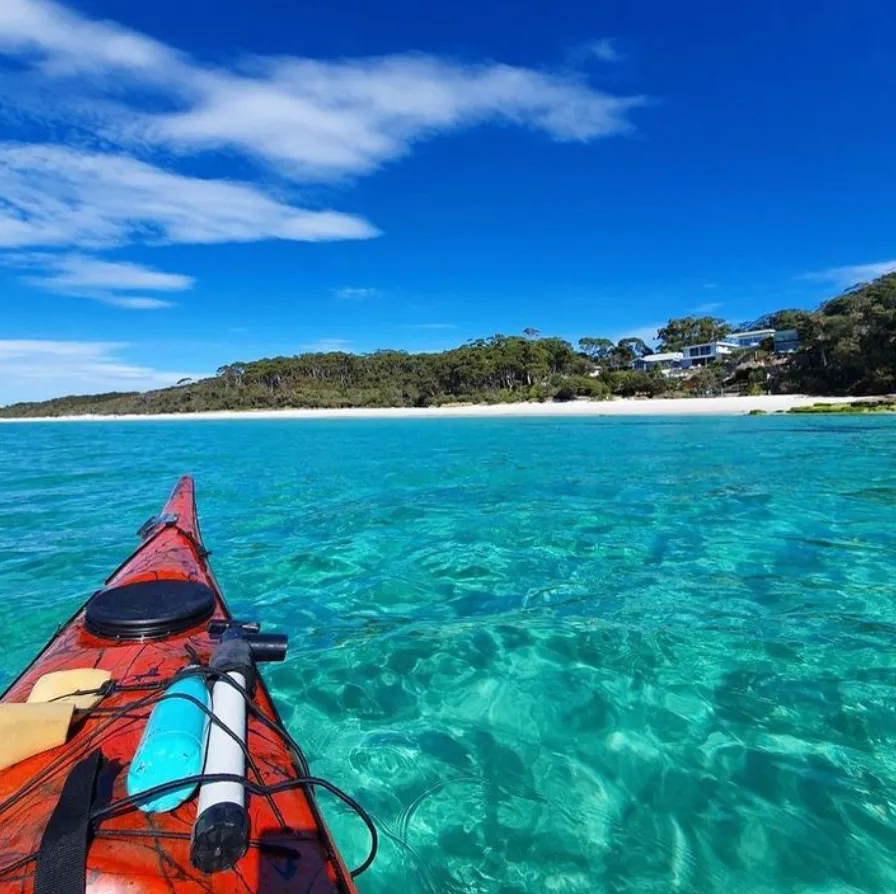
Consider these activities in Jervis Bay
Even during overcast conditions, the clarity of Jervis Bay’s waters is remarkable, presenting many activities like sea kayaking, snorkelling, and the exploration of Gosang’s Tunnel. Jervis Bay is replete with varied attractions, making it an excellent place to visit.
Beaches in Jervis Bay
As you venture into the Shoalhaven region, you’ll be introduced to the challenge of discovering 100 unique beaches of Shoalhaven. This area is renowned for its breathtaking beaches and pristine turquoise waters. For adventurers eager to visit every beach on the roster, commencing the journey from Jervis Bay is highly recommended. Below is a brief introduction to some premier beaches to begin with.
Hyams Beach
Huskisson Beach
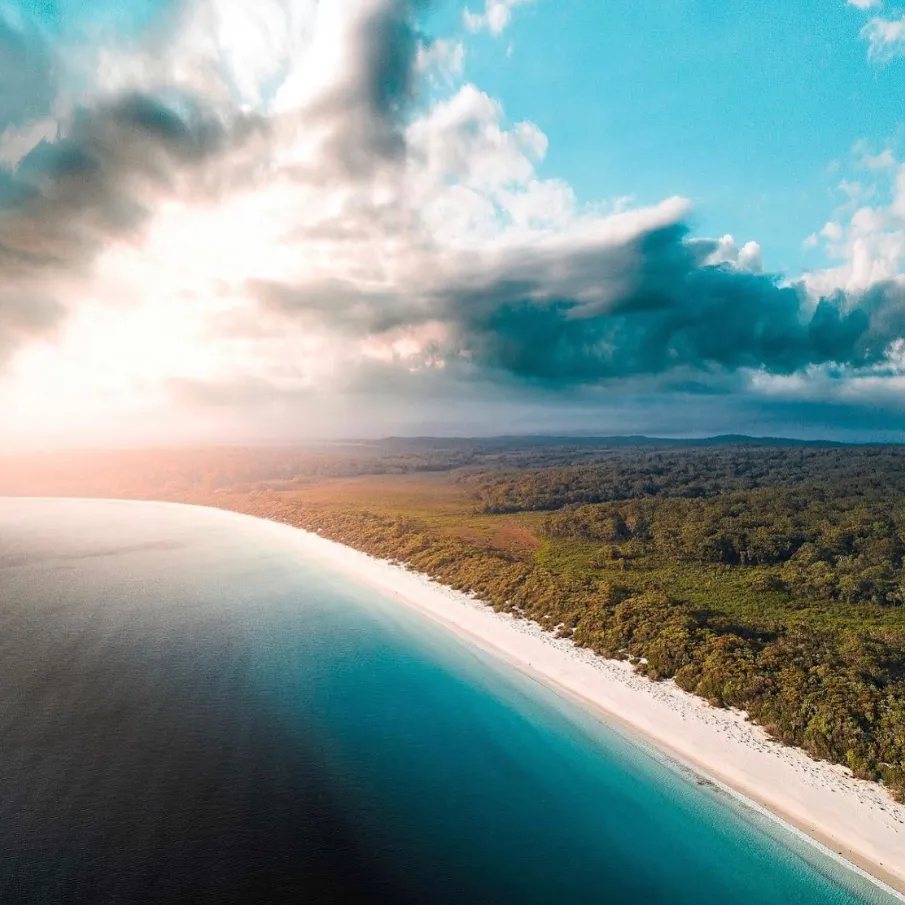
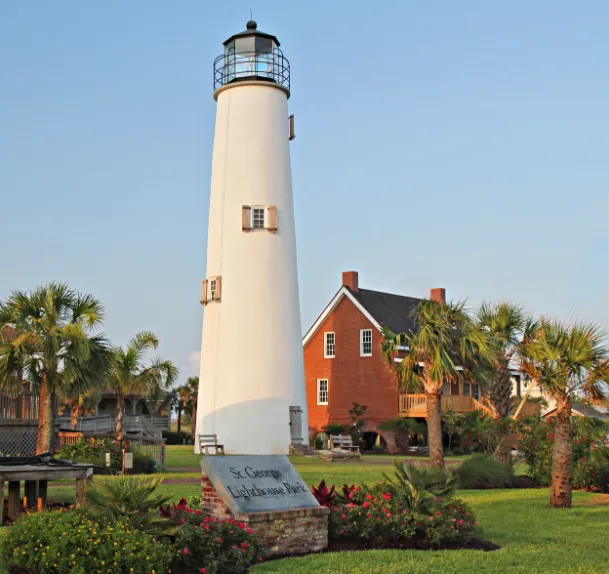
Cape St George Lighthouse
The Cape St George Lighthouse was superseded by the Point Perpendicular Lighthouse in Jervis Bay. The original location of the Cape St George Lighthouse could have been more optimal. Remnants of the initial lighthouse are situated in Booderee National Park. To access the park, a pass is necessary. We noticed several potholes when we travelled along Old Lighthouse Road, so drive carefully.
Opt for the Ruined Lighthouse Walking Trail. It offers captivating views and intriguing ruins of the lighthouse and its structures. The surroundings are picturesque. Keep an eye out for white-bellied sea eagles while observing the shoreline. Head over to Moes Rock nearby for an alternate perspective of the ruins. A brief trek through dense vegetation leads to the rock formations.
Point Perpendicular Lighthouse and Lookout
Constructed in 1899, the lighthouse serves as a replacement for the previously mentioned Cape St George Lighthouse. Access to the lighthouse depends on the availability of Beecroft Peninsula, as it houses an Australian Navy firing range. During active exercises, access to the lighthouse is restricted.
The lighthouse is located 100m above sea level, providing fantastic views. In winter, you can watch whales and spot seals, sea eagles, and beautiful sunrises. You can walk from the lighthouse car park to the Outer Tubes, a famous rock fishing spot. It takes about 30 minutes to walk to the rocks.
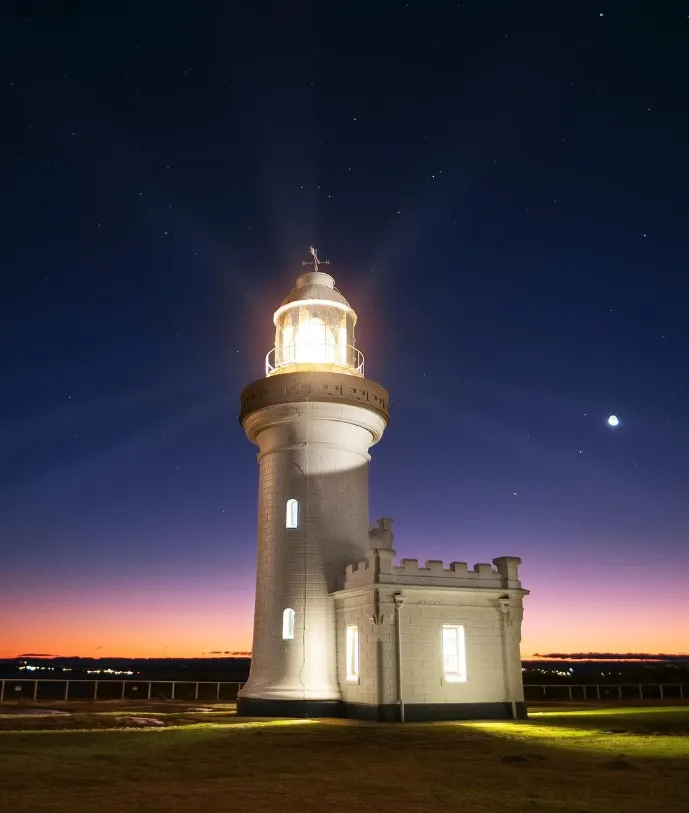
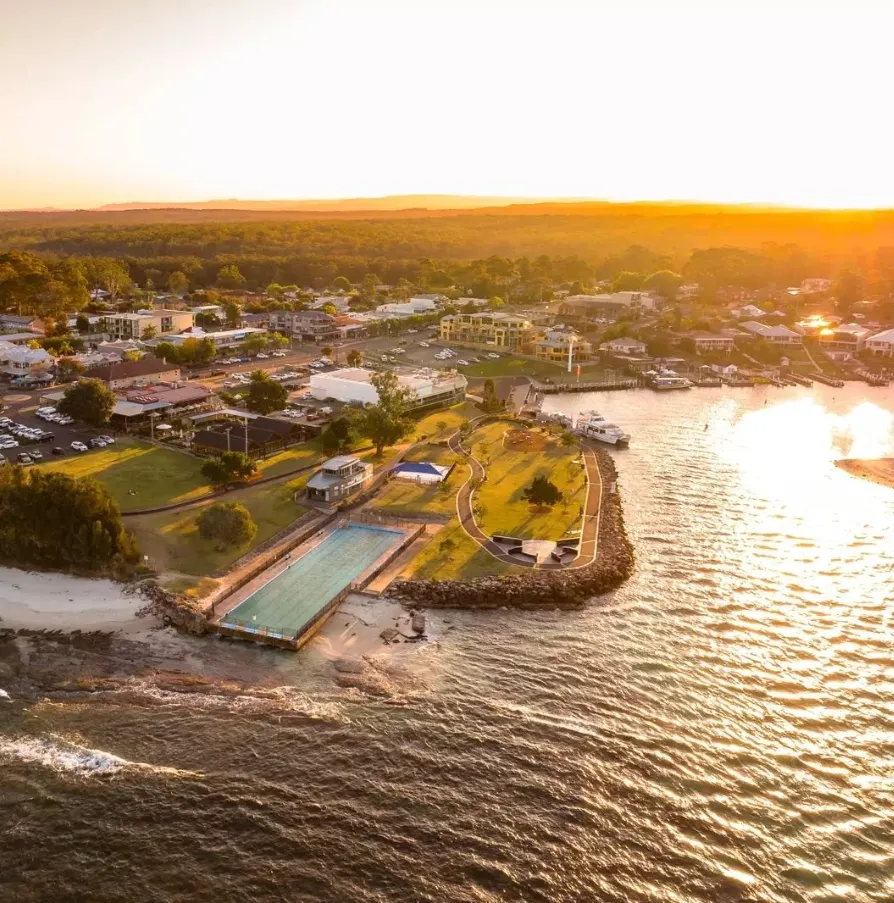
A list of activities in Huskisson
Huskisson Pictures
Huskisson Sea Pool
The Huskisson Sea Pool in Australia offers stunning views. It is a 5-lane, 48m lap pool in Voyager Park. If you need more motivation while swimming, there might be better places for you. The views might distract you from doing more than one lap. Entry is free. While doing your laps, you can enjoy views over the bay and Myola Spit. During high tide, you might experience waves lapping at the pool’s edge or a refreshing sea spray on your face.
Visit the Jervis Bay Tourism Centre
The Tourism Centre in Huskisson offers a variety of activities in Jervis Bay, including a visitor centre, maritime museum, Mangrove Boardwalk, and a fish-feeding pond. It is a charming location with beautiful gardens.
The Wirreecoo Wildflower Garden was redesigned after the 2001 fires. The new garden design, the Mound Garden, showcases local plant species and attracts various birds. Another garden, called the Keith Moore Habitat Garden, prioritises accessibility. It has an open layout and abundant local plants. You will easily spot it on your way to the fishpond or mangrove boardwalk.
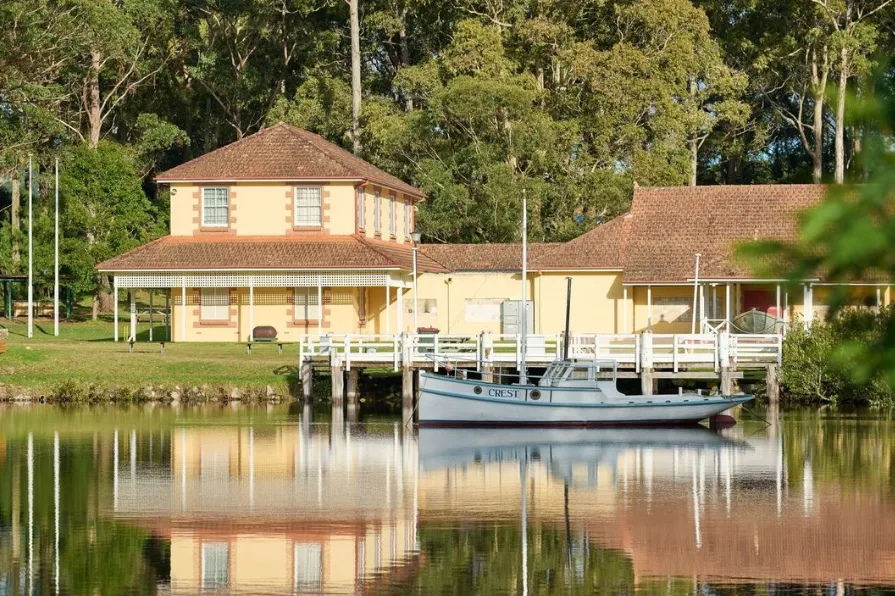
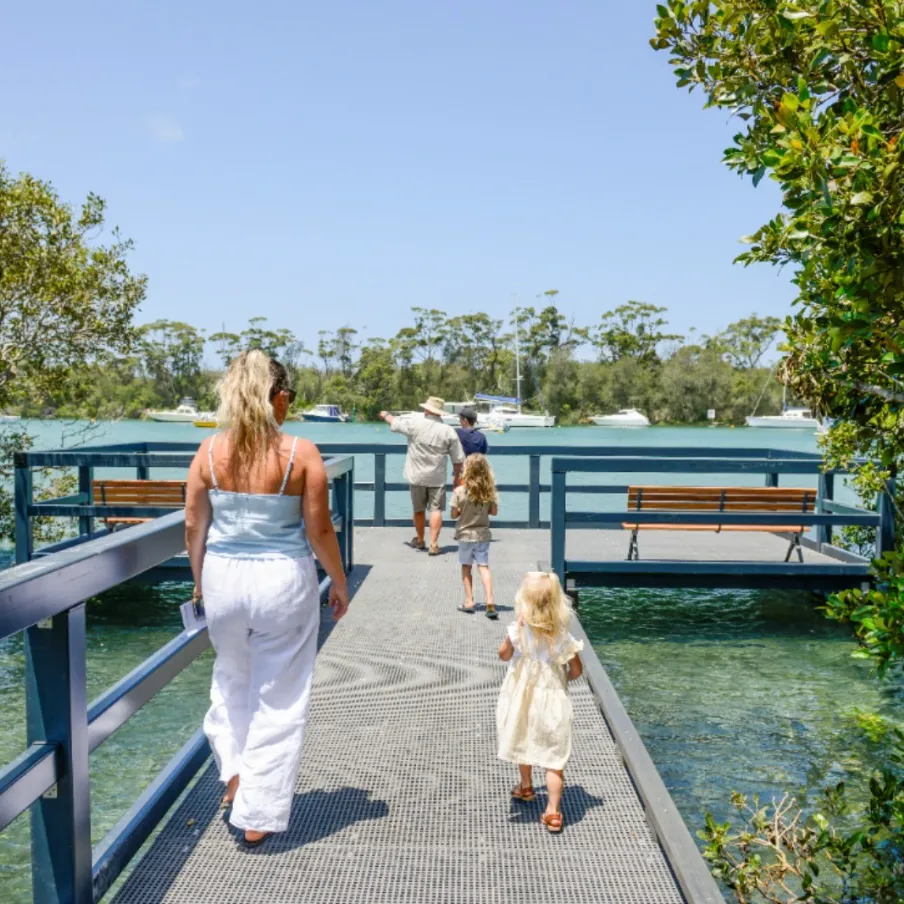
Jervis Bay Mangrove Boardwalk
The boardwalk is a great way to appreciate the fascinating coastal environment of mangroves. The 1.4km walk starts behind the Tourism Centre and over the mud flats along Currambene Creek. At low tide, we saw crabs scuttling around, many birds, and new mangroves. There is no fee for this activity. The walk to the boardwalk passes by the Pond, a tidal fish reserve. Fishing is not allowed, but you can feed the fish with food available at the visitor centre.
JB Brewing Company
JB Brewing is a great place to relax and drink after a day at the beach. They offer a variety of beers to suit different preferences. The beer garden has a laid-back atmosphere with a backyard BBQ vibe. Food vans are available for tasty meals. Taproom tours are offered on weekends for beer enthusiasts.
Jervis Bay Maritime Museum
The museum showcases the maritime history of Jervis Bay and the New South Wales south coast. It is located at the Jervis Bay Tourism Centre and is divided into four sections: Historic Vessels, Jervis Bay History, Surveyors Gallery, and Science and the Sea.
The museum has models, photos, and maps, as well as complete boats. The flagship of the museum is the Lady Denman Ferry. It was built in Jervis Bay in 1911 and sailed Sydney Harbour for 67 years before retiring. The museum has a small admission fee, but kids under 16 get in for free. It’s an excellent place for anyone who loves the sea.

Jervis Bay Walks
Abrahams Bosom Reserve
Abrahams Bosom is located in Currarong instead of Jervis Bay, but it is still part of the Beecroft Peninsula, so it is included on our Jervis Bay List. The name originates from the bay’s reputation as a safe harbour for early sailors. Presently, the reserve is the starting point for various walks that lead through coastal scrub and bushland to sea cliffs and beaches.
The area has diverse bird species, including the endangered bristlebird. Additionally, from the sea cliffs, you may have the opportunity to observe whales, seals, and dolphins. Multiple walking trails are available, such as the 9km Coomies circuit or the shorter 2.5km Wreck Point walk to the ruins of the SS Merimbula. Other options include the Lobster Bay (3km) and Mermaid Inlet (5km) tracks.
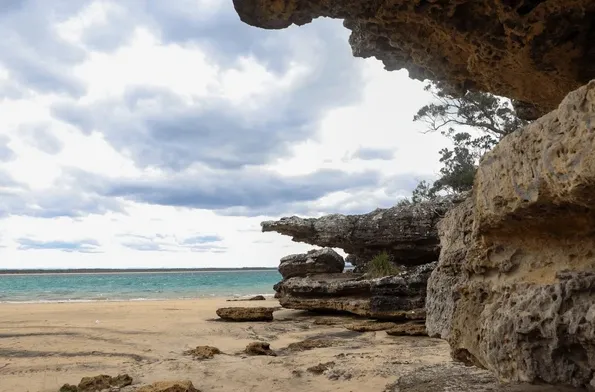
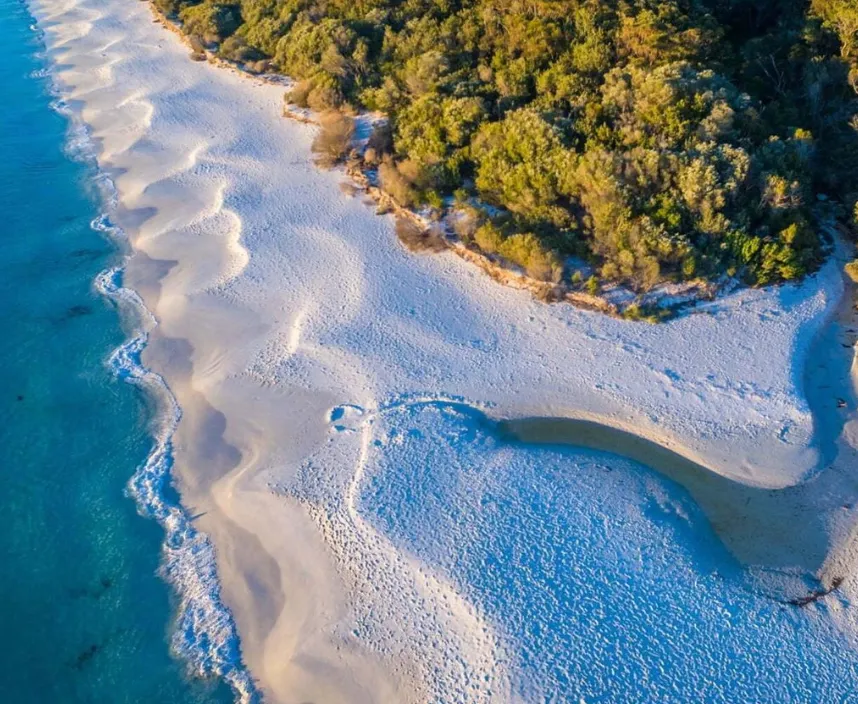
White Sands Walks
Jervis Bay is famous for its white sandy beaches. The White Sands Walk showcases some of the best beaches in the area. You can start at the Greenfield Beach picnic area or Plantation Point for a longer walk. The walk includes Nelson Beach, Blenheim Beach, Chinaman’s Beach, and Hyams Beach. The walk duration ranges from 1.5 to 2.5 hours, depending on where you start.
Dolphin Encounter Cruise
Jervis Bay hosts various Indo-Pacific bottlenose dolphins, with numbers estimated between 60 and 120. Cruises dedicated to dolphin spotting set sail from Huskisson and boast a commendable success rate in observing these marine mammals. The aquatic surroundings of Jervis Bay are mesmerizing, and one might even witness seals, stingrays, and sea eagles, even if dolphins remain elusive. Regardless of the wildlife sightings, meandering through the bay, appreciating the landscape, and engaging in activities such as boom netting remain rewarding.
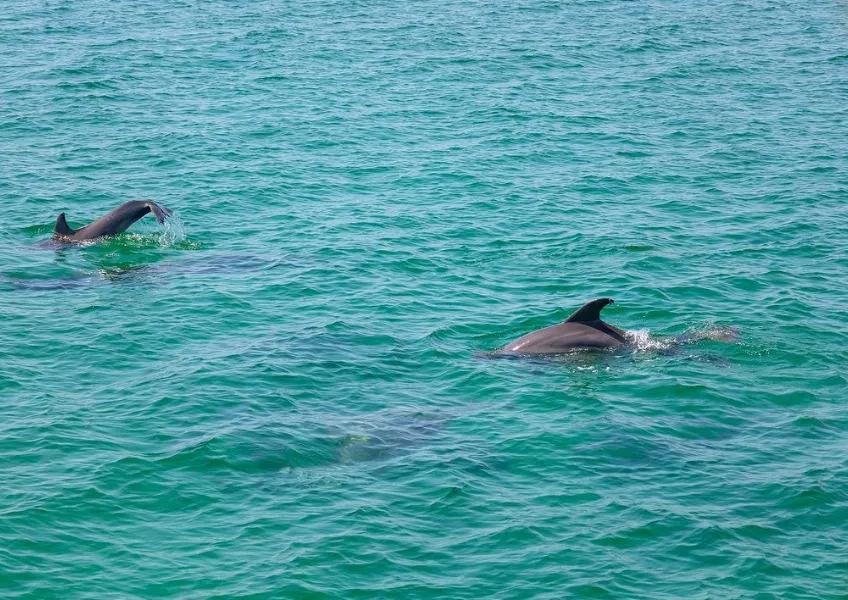
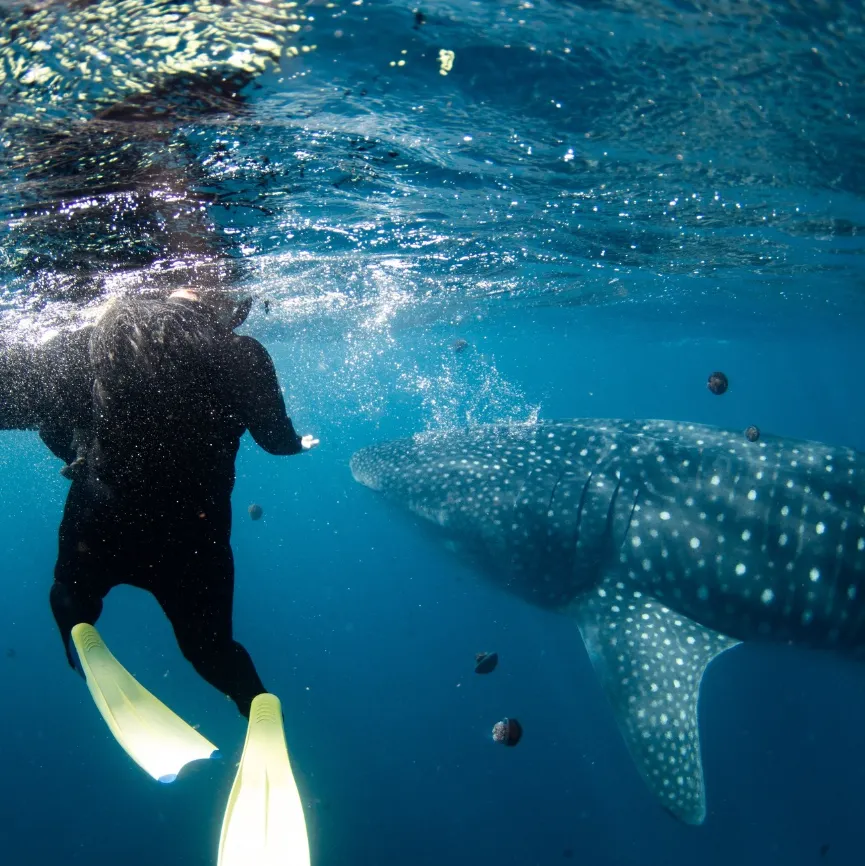
Delve into Snorkelling at Jervis Bay
The aquatic expanse of Jervis Bay Marine Park serves as a prime snorkelling locale. Its teeming marine ecosystem around the rocky terrains and shorelines makes it an idyllic spot for underwater enthusiasts. Premier locations for this activity include Blenheim Beach, Green Patch, Murrays Beach, Honeymoon Bay, and Shark Net Beach. Moreover, venturing into the rocky formations close to any of these beaches often leads to discovering intriguing marine wonders.
Whale Observation Cruises
Whale observation in Jervis Bay is a captivating experience. The prime periods for whale sightings are in June and July during their northern migration and in September and October as they journey southward along the eastern coastline of Australia. On their southward trek, it’s common to spot female whales accompanied by their young ones, breaching and lounging in the bay waters. No matter when you choose to visit, the stunning panoramas of the beaches and oceanic cliffs of Jervis Bay are always a delight.
Whale Observation Cruises
Whale observation in Jervis Bay is a captivating experience. The prime periods for whale sightings are in June and July during their northern migration and in September and October as they journey southward along the eastern coastline of Australia. On their southward trek, it’s common to spot female whales accompanied by their young ones, breaching and lounging in the bay waters. No matter when you choose to visit, the stunning panoramas of the beaches and oceanic cliffs of Jervis Bay are always a delight.
Explore Booderee Botanic Gardens
Situated within the National Park, the Booderee Botanic Gardens hold the distinction of being the sole aboriginal-owned botanic garden in the country. An entry pass for the park is required to visit the gardens. They welcome visitors daily, commencing from 8:00 a.m., so ensure you allocate ample time for exploration. Several concise trails are available for navigation within the gardens. Options include the trail circling Lake McKenzie, the Forest Stroll, and the Heath and Woodland pathway. Each of these is under 1.5km and leads through varied ecosystems.
Besides these walking trails, the garden also houses specific zones like the Rainforest Gully, Waratah Meadow, and Casuarina Meadow, each presenting its unique charm.
Booderee National Park
Booderee, a breathtaking natural wonder, is lovingly cared for by the partnership between the Wreck Bay Aboriginal Community Council and Parks Australia. It was formerly known as Jervis Bay National Park. Booderee is renowned for its beaches, boating, fishing, and opportunities to observe wildlife. Visitors can spot whales, eagles, and penguins tour in the area. An entry fee is applicable for the park, which can be settled online or upon arrival. Both day and annual passes are available for selection.
Within the park, there are several trekking routes to consider, such as the Steamers Beach track (11.5km), the pathway to Cave Beach (4.5km), and the Munyunga Waragi Dhugan circular trail at Murrays Beach (5.4km). As you navigate these routes, informative signposts elucidate the park’s environmental and cultural heritage. Camping options exist at Green Patch, Bristol Point, and Cave Beach, but availability should be confirmed beforehand.
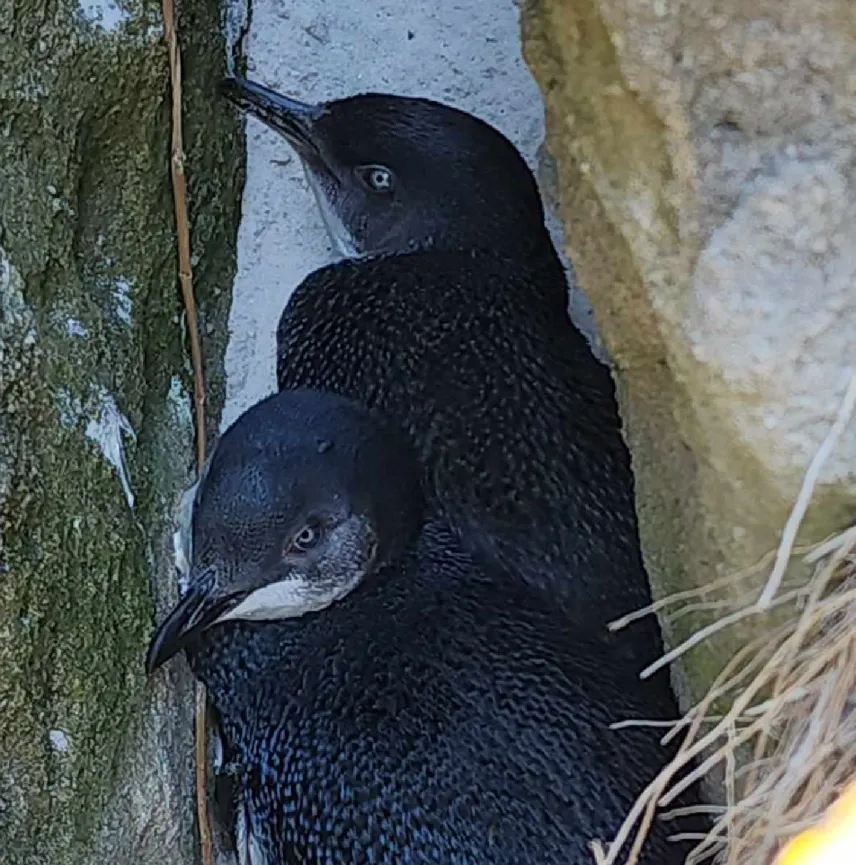
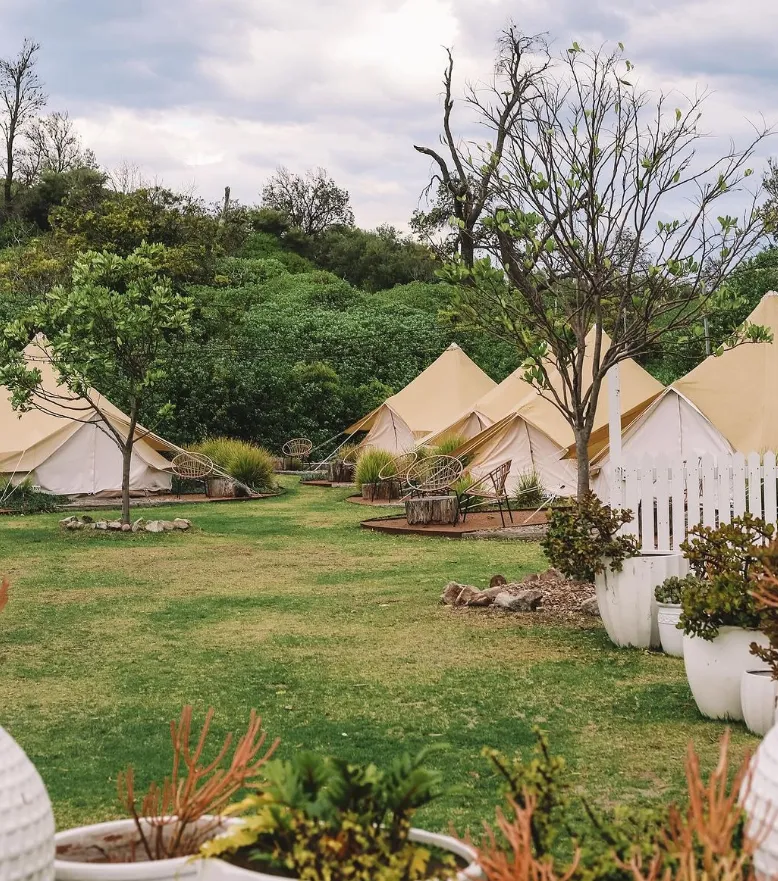
Jervis Bay Camping
Jervis Bay offers a variety of camping accommodations. Within Booderee National Park, you can camp at Green Patch Beach, Bristol Point, or Cave Beach. Alternatively, consider the Honeymoon Bay campground on the Beecroft Peninsula side of Jervis Bay. Reservations are mandatory for all these locations.
For those seeking a more upscale camping experience, Paperbark Camp, positioned near Currambene Creek and a mere 4km from Huskisson, is an ideal choice. The elevated canvas tents exude an African safari essence and nestle amidst eucalypt and paperbark trees, presenting a distinct lodging alternative in Jervis Bay.
Multiple caravan parks are available for selection, such as Holiday Haven White Sands in Huskisson, Jervis Bay Holiday Park, Holiday Haven Currarong, Palm Beach Caravan Park at Sanctuary Point, and Surfside Cudmirrah Beach close to Sussex Inlet.
To access Booderee National Park, obtaining a park pass is obligatory. This can be procured online or directly at the entrance. The rate for a 2-day vehicle permit stands at $13.00. Additional camping charges apply within Booderee. There are three campsite choices: Green Patch, Cave Beach, and Bristol Point. The amenities and pricing differ across each site.

